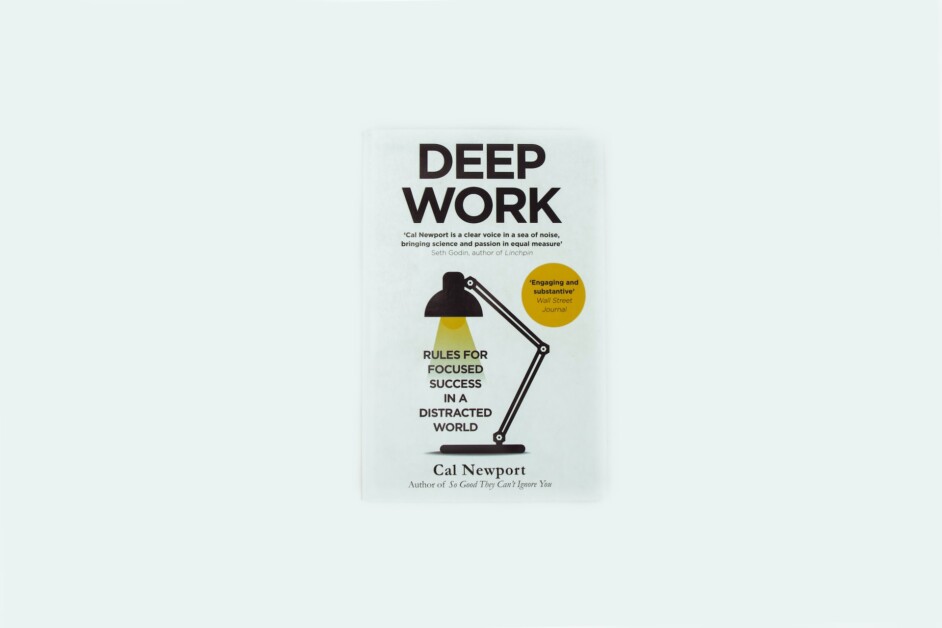This short read by Cal Newport makes a very strong albeit a pretty common-sensical case about why blocking explicit time for in-depth work is very important in today’s stimulus driven world and gives some hacks in terms of how to do it well.
If you already believe in the power of Deep Work, you can safely ignore the first half of the book and get to the different deep work models right away to identify the model that works the best for you. Another approach could be to read through a brief summary of the book, highlighting the key action points (which I will attempt in the subsequent sections. Caveat: These are more of personal notes reflecting my worldview).
Part – 1 (Why Deep work is important?)
- 2 key abilities for success in knowledge economy a) the ability to master hard things quickly in a fast changing world (e.g. AI/ML developers have an advantage) 2) the ability to operate at an extreme excellence in your field of work (e.g. Top artistes have an advantage).
- It is easy to miss the obvious need for Deep work because it is difficult to develop metrics around knowledge work.
- Busyness has wrongly become a proxy for productivity – I see too many examples around where people equate activity with progress. Especially in an early stage business – Insights = Progress.
Part – 2 (Hacks and Process)
- Avoid the frequent interrupts from the digital stimuli all around us. Deep work time should be devoid of any connectivity.
- Be ready to be disappointed initially if your Deep work stints are not yielding much and may turn out to be boring. It will take time to get into the state of “flow”. Deep work is a skill that needs to be honed with practice.
- Arrange your environment for Deep work. Make changes to your schedule, furniture, contract with the world in order to enable Deep work.
- Different Deep work models
- Monastic Deep work – Cut out from the external world for extended periods of time to focus on a problem at hand. Suitable for those who can afford to take such a long break – Writers, Academicians, Researchers, etc.
- Bi-modal Deep work – Have specific time set aside every quarter/year to cut yourself off from the world. Very practical and my chosen methodology for 50% of my Deep work.
- Rhythmic Deep work – Have specific time set aside every day for Deep work on a preferably fixed schedule. Block time in your calendar for Deep work. This is my chosen method for the remaining 50% of my Deep work.
- Journalistic Deep work – Just find any length of time between your busy schedule and focus on Deep work. Personally, very difficult for me to pull this off.
- Embrace Rituals to make Deep work second nature to your personality (especially important in Bi-modal and Rhythmic Deep work methodologies IMO). Rituals are about the right time/setting, right time blocking without interruptions and enabling Deep work by adjusting the environment/behaviour – Grab a coffee, inform your colleagues about your absence, etc.
- Especially important Ritual is the “Shutdown Ritual” which officially allows you to finish all the unfinished business in the realm of shallow work before you move to the realm of Deep work. Unfinished shallow business may act as a hindrance to the deep work through mental stress. Say No often to the shallow work and bring all the open items in the shallow work world to their logical conclusion.
- Classify the work that you do into Deep and Shallow. Engineer your life to get rid of as much shallow work from your life as you can.
- Track your Deep work progress like an OKR by explicitly maintaining a Deep work score card – Quality and Quantity.
- Be unapologetically inaccessible during the time of Deep work.

